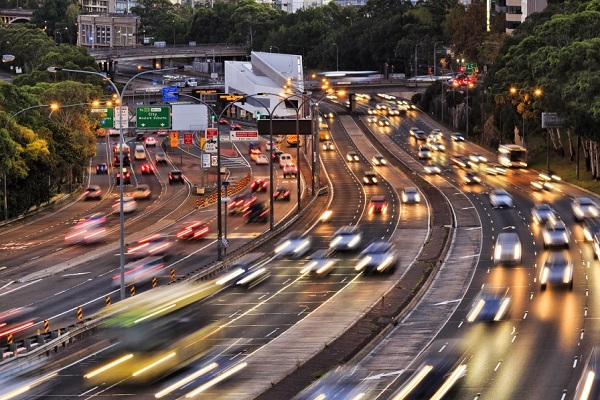Using the cents per kilometre method to claim car expenses

The cents per kilometre method is a simple way to work out how much you can deduct for car-related work or business expenses. Only individuals or partnerships (where at least one partner is an individual) can use the cents per kilometre method. If you operate your business through a company or trust, the business will have to use the actual costs method to claim car and vehicle running expenses. The cents per kilometre rate takes into account all your car running expenses (including registration, fuel, servicing and insurance) and depreciation.
How does the cents per kilometre method work?
To work out how much you can claim as a deduction, you simply multiply the total work or business kilometres you travelled by the appropriate cents per kilometre rate.
The rate for the 2022-23 tax year is 78 cents per kilometre.
The rate for the 2023-24 tax year is 85 cents per kilometre.
The rates are usually reviewed and updated each year.
Importantly, you cannot claim more than 5,000 work or business kilometres per car, per year.
Accordingly, if you use your car for more than 5,000 kilometres a year for work or business purposes, you will need to use the logbook method to calculate your deductible car expenses.
If you use the cents per kilometre method to claim car expenses, you don’t need written evidence to show exactly how many kilometres you travelled. However, the ATO may ask you to show how you worked out your work or business kilometres, for example from diary records.
What is considered a “car"?
The cents per kilometre method (and log book method) only applies to cars.
For tax purposes, a car is a motor vehicle (including a 4-wheel drive) designed to carry a load of less than one tonne and fewer than 9 passengers.
This means that utes are generally not cars for tax purposes and thus you cannot use the cents per kilometre (or logbook) method to calculate your deductible car expenses for a ute. You will have to use the actual costs method instead.
Apportioning private use
If you use a motor vehicle for both work or business and private purposes, you must be able to correctly identify and justify the percentage that you are claiming as work or business use. You cannot claim a deduction for the percentage that is for private use. This is an area where the ATO often sees errors made. You can use a logbook or diary to record private versus work or business travel.
Note that travelling between your home and your place of work or business is considered to be private use, unless your home is considered to be your place of work, or you operate a home-based business and your trip was for work or business purposes.
Duplicate the above container for more 2 column sections OR Duplicate the below container for 1 column text only sections. (DON’T FORGET TO DELETE THIS CONTAINER)
Disclaimer: The information on this page is for general information purposes only and is not specific to any particular person or situation. There are many factors that may affect your particular circumstances. We advise that you contact Mathews Tax Lawyers before making any decisions.
